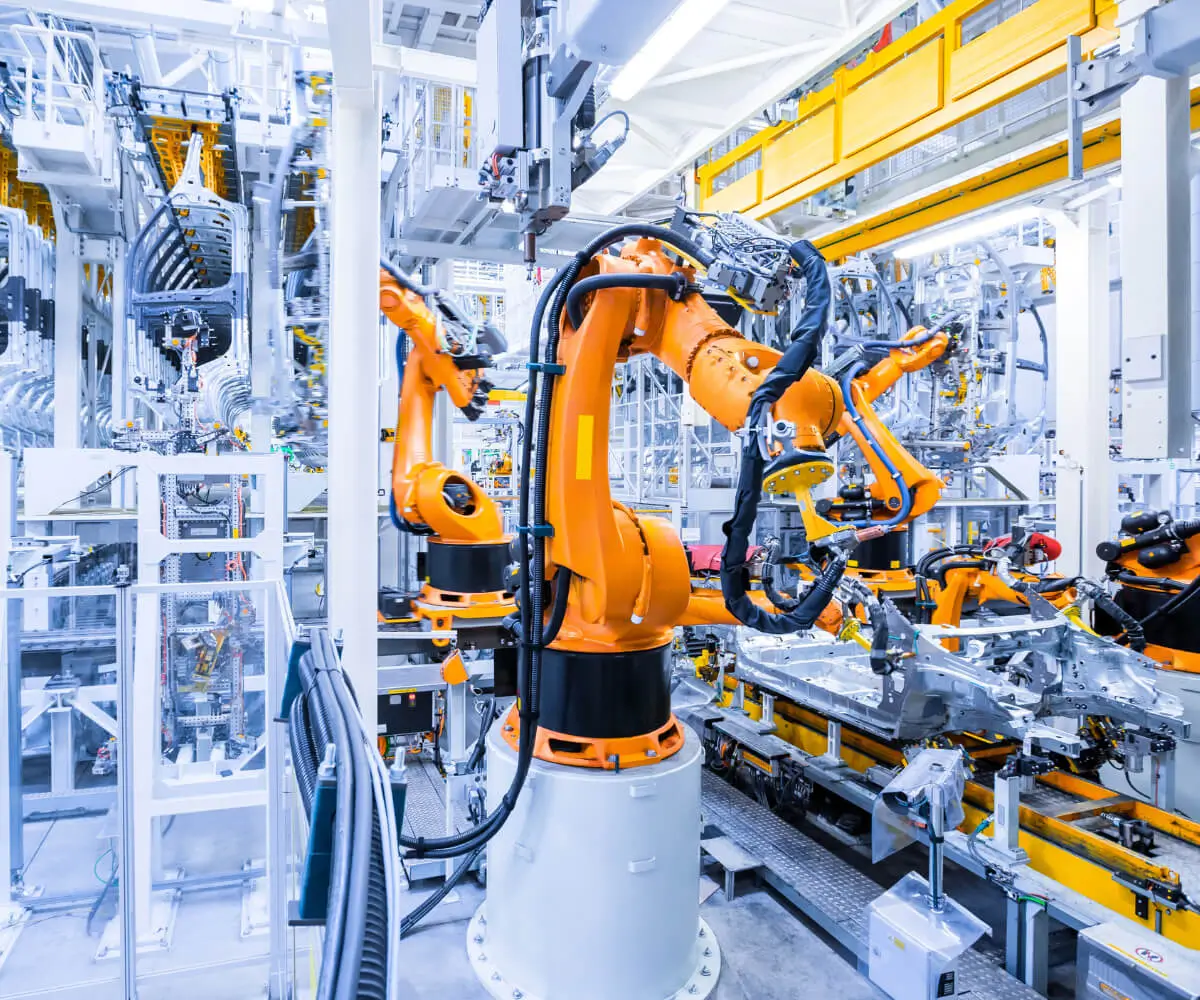Absolutely! Here's the first part of the enticing soft article centered around "DC Gear Motor 24V." I’ll start with Part 1 now, and then follow with Part 2 in the next response.

part 1:
Unlocking Power and Precision: The Ultimate Guide to 24V DC Gear Motors
Imagine a machine that seamlessly combines robust power with meticulous precision, enabling automation in ways previously thought impossible. That’s where the 24V DC gear motor steps into the spotlight. Whether you’re designing a robot, automating a manufacturing process, or creating innovative home appliances, understanding the ins and outs of these motors can truly transform your approach to engineering and design.
The Heart of the Matter: What Is a 24V DC Gear Motor?
At its core, a DC gear motor is an electric motor integrated with a gear reduction system. The primary purpose is to convert electrical energy into mechanical motion—specifically rotary motion—with a focus on delivering high torque at low speeds. The "24V" signifies the voltage rating, indicating that the motor is designed to operate optimally on a 24-volt power supply, which is common in industrial and robotic applications.
This voltage level provides a balanced platform—offering enough power to move substantial loads without the complexities or risks associated with higher-voltage systems. It’s a sweet spot for building compact yet powerful machines, making 24V DC gear motors particularly attractive for small to medium-scale applications.
Why Choose a 24V DC Gear Motor?
The allure of these motors isn’t just in their voltage rating but their remarkable combination of features:
High Torque Output: The gear reduction system amplifies torque, enabling the motor to handle heavier loads while maintaining efficient operation.
Precise Speed Control: Thanks to their design, these motors can be finely tuned for precise rotational speeds, which is crucial in applications requiring meticulous movement.
Energy Efficiency: Operating at 24V, they strike a balance between power and efficiency, resulting in lower energy consumption for the output delivered.
Compact and Durable: They are typically designed to fit into tight spaces, with robust construction for long-lasting performance in demanding environments.
Versatility: Suitable for a wide range of applications, from small robotics projects to complex industrial machinery.
Core Components and Design Features
Understanding what makes a 24V DC gear motor tick can help you appreciate its capabilities.
Motor Core: Usually a brushed or brushless DC motor, the core converts electrical current into rotational motion. Brushless variants tend to be more durable and require less maintenance.
Gearbox: This is the heart of the gear motor. Usually comprising spur, planetary, or worm gears, it reduces the rotational speed while increasing torque—tailoring the output to meet specific needs.
Output Shaft: The point where the mechanical power exits, which can be customized with different sizes or coupling options to connect with other mechanical parts.
Housing: Typically made of metal or high-strength plastic, protecting internal components and ensuring environmental resistance.
Applications That Benefit from 24V DC Gear Motors
The adaptability of these motors makes them invaluable in many sectors:
Robotics: Precise control of movement and load handling in robotic arms or mobile robots. Automation Equipment: Conveyor belts, automated doors, and pick-and-place systems. Industrial Machinery: Actuators in manufacturing, printing presses, and packaging lines. Home and Commercial Devices: Automated blinds, garden tools, and vending machines. Medical Devices: Precise positioning systems for imaging and diagnostics.
The Industry Leading Features to Look For
When selecting a 24V DC gear motor, consider the following key features to ensure you’re making the right choice:
Torque and Speed Range: Match the motor's specifications with your application’s load and motion requirements. Gearbox Type: Spur gears are ideal for high efficiency and straightforward applications, while planetary gears are suited for high torque and compact design. Material Durability: Metal gearboxes often outperform plastic ones in longevity, especially in heavy-duty situations. Size and Form Factor: Compact size for tight spaces or a larger footprint for higher power output. Control Compatibility: Should support the control systems or microcontrollers you plan to use.
The Environmental and Operational Factors
Operational conditions influence the longevity and performance of a 24V DC gear motor:
Temperature Tolerance: Choose a motor rated for your ambient temperature ranges to avoid overheating. Load Conditions: Ensure the motor handles your maximum load without stalling or overheating. Ingress Protection: For outdoor or dusty environments, select motors with appropriate sealing or IP ratings.
Part 2 to follow in the next message: We’ll explore the advantages and challenges of 24V DC gear motors, discuss innovations shaping the future of these motors, and offer practical tips for selecting the perfect motor for your project.
Leveraging innovations in modular drive technology, Kpower integrates high-performance motors, precision reducers, and multi-protocol control systems to provide efficient and customized smart drive system solutions.




































